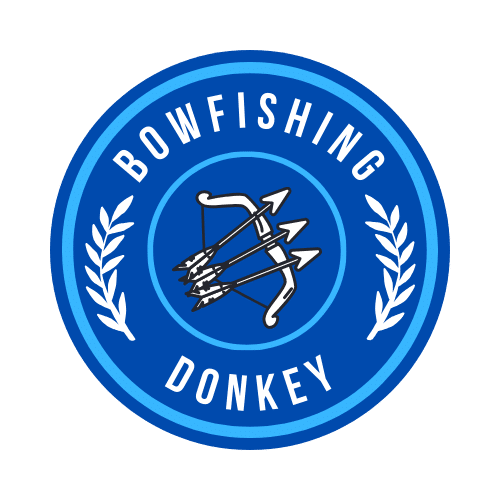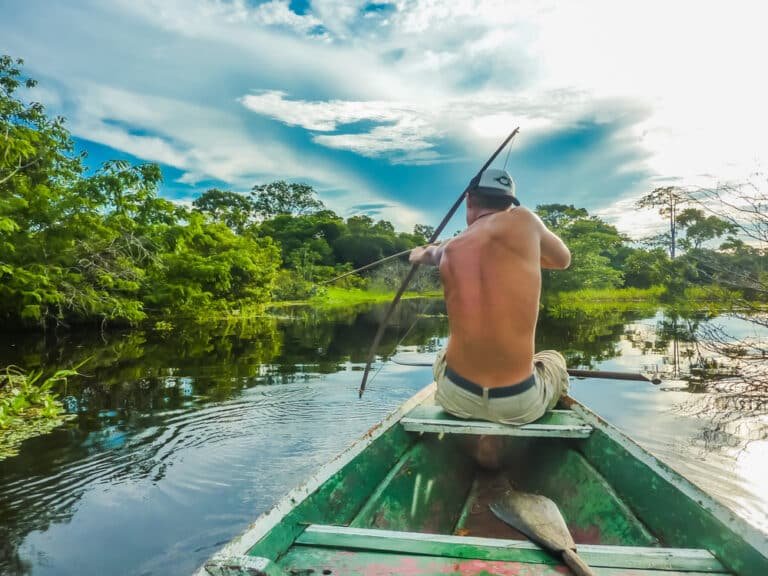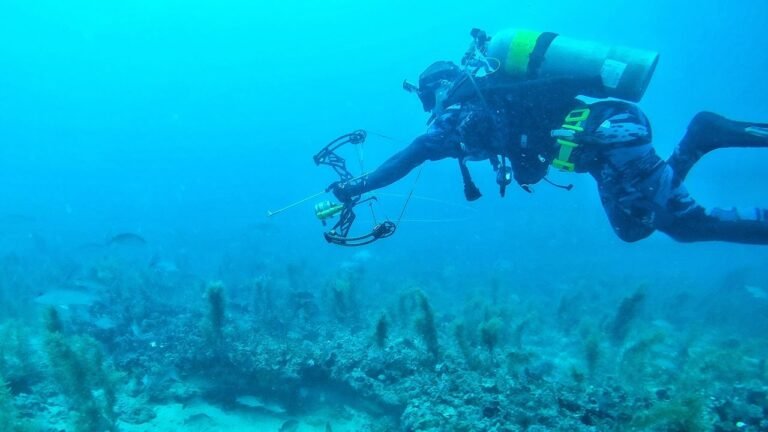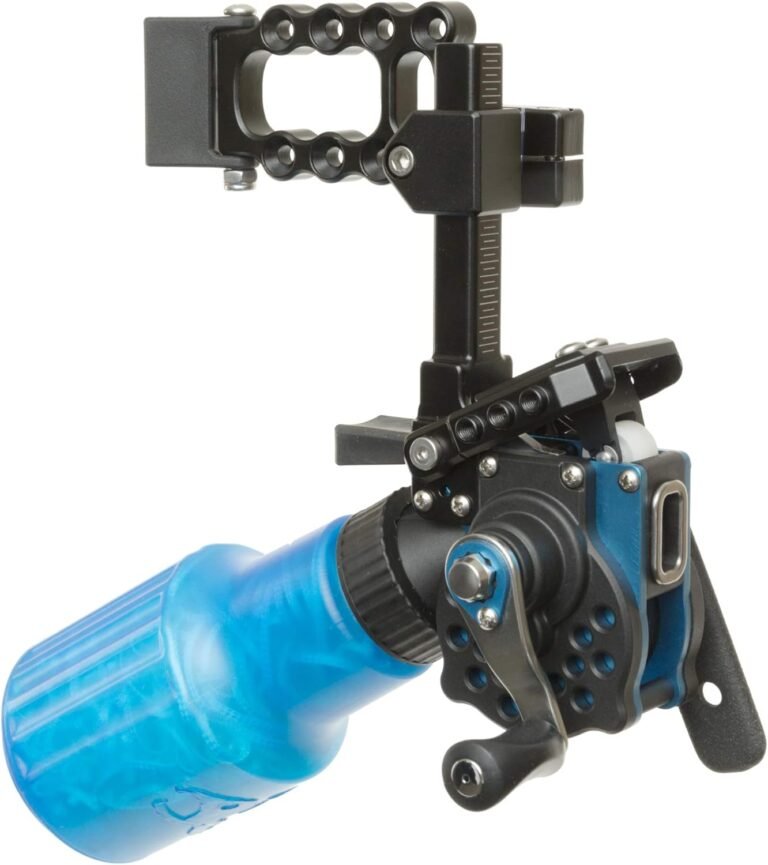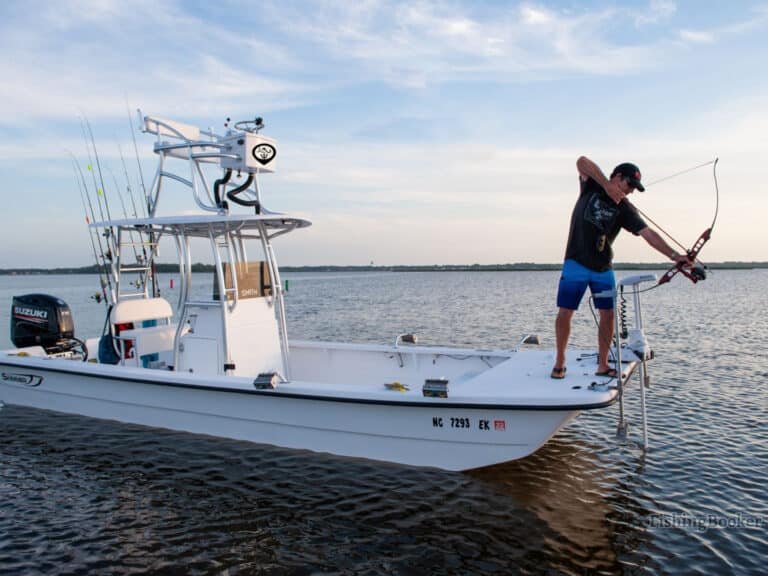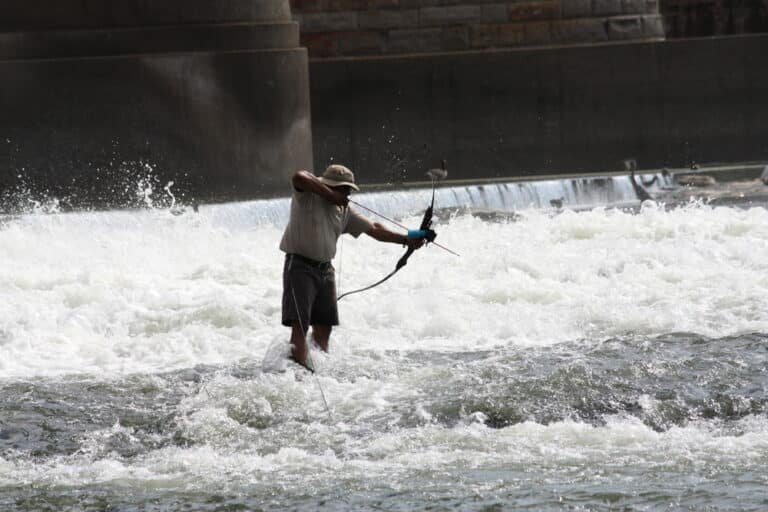The Best Bow Fishing Setup Guide for 2024
Bow fishing involves the use of a specifically designed bow and arrow setup to shoot fish while on a boat or wading in shallow waters. Unlike traditional fishing methods, bow fishing requires you to visually locate the fish before taking aim. In this blog, we will cover the correct bow fishing setup.
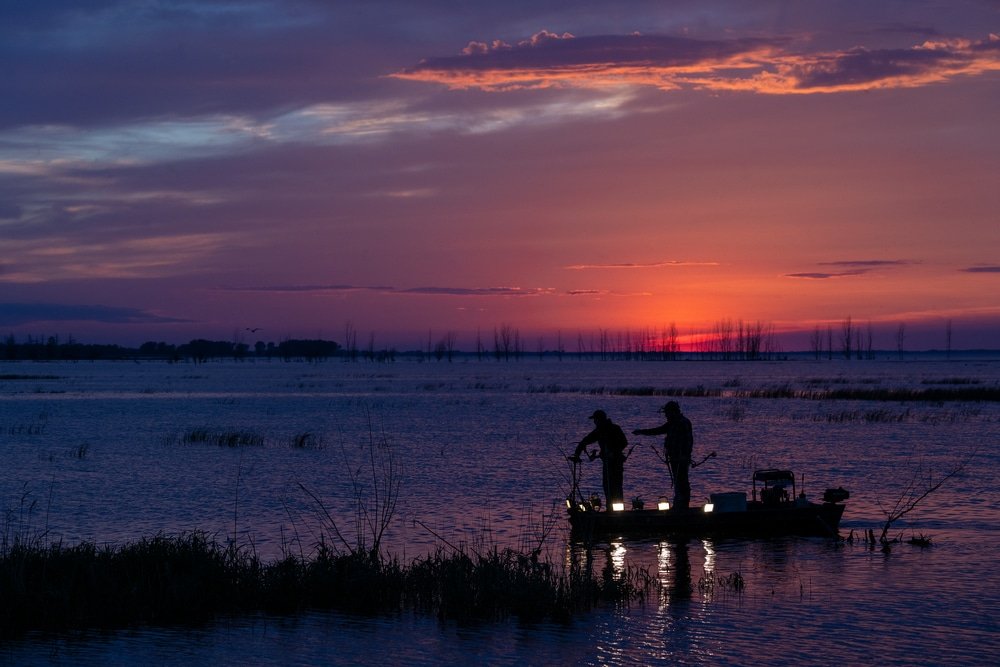
Choosing the Right Bow for Bow Fishing
Compound Bows
Compound bows are favored for their adjustability, power, and accuracy. Their cam and cable system reduces the holding weight at full draw, allowing extended aiming with less fatigue. They also provide adjustable draw weights and lengths, accommodating various physical abilities.
Recurve Bows
Recurve bows, with their simpler design, are equally effective. They lack mechanical parts, making maintenance straightforward. They are typically lighter and offer quick shooting due to shorter limbs.
Consider draw weight (optimal range: 30-50 pounds), draw length, and maneuverability for comfort and accuracy when choosing a bow.
Bowfishing Reels and Lines
Types of Reels
- Hand-Wrap Reels: Simple and economical, requiring manual winding.
- Spincast Reels: Feature a push-button for easy line deployment and retrieval.
- Retriever Reels: Utilize a bottle-style design for effortless line retrieval.
Line Options
- Braided Line: Offers strength, durability, and minimal stretch, ideal for larger fish.
- Monofilament Line: Provides good visibility but is slightly less strong.
Arrows for Bow Fishing
Construction Materials
- Fiberglass: Affordable and durable, suitable for beginners.
- Carbon Fiber: Offers stiffness and lightweight, enhancing penetration.
Arrow Tips
- Barbed Tips: Prevent fish from pulling off the arrow.
- Non-Barbed Tips: Easier retrieval but may require more skill in fish control.
Bowfishing Accessories
Bowfishing Rests
Roller or capture rests are recommended for smooth arrow release and consistent flight.
Fish Points or Broadheads
Choose between specialized fish points or broadheads with wider cutting diameters for better target hitting.
Setting Up Your Bow Fishing Rig
Attaching the Reel to the Bow
Ensure stability and ease of use by attaching the reel in a convenient, non-interfering location on the riser.
Proper Alignment and Reel Tension Adjustment
Align the reel parallel to the riser and adjust the tension for controlled line release.
Attaching the Arrow Rest and Setting Nock Point
Use a roller or capture rest for stability. Consistently set nock point height for predictable arrow trajectory.
Selecting Arrows and Tips
Consider draw length and choose between barbed or non-barbed tips based on your preference and fish control needs.
Techniques and Tips for Successful Bow Fishing
Location Scouting
Research the behavior and habitats of your target fish species. Look for clear, shallow waters with structures like vegetation, fallen logs, or rocks. Consult local experts for advice.
Identifying Preferred Habitats
Understand and identify the specific shallow water habitats your target species prefer for strategic positioning.
Conclusion
Bow fishing is an exciting blend of archery and fishing. Success comes from proper technique, appropriate equipment, and understanding of fish behavior. Practice, patience, and attention to detail will enhance your bow fishing experience, offering a rewarding outdoor activity full of skill development and memorable adventures.
